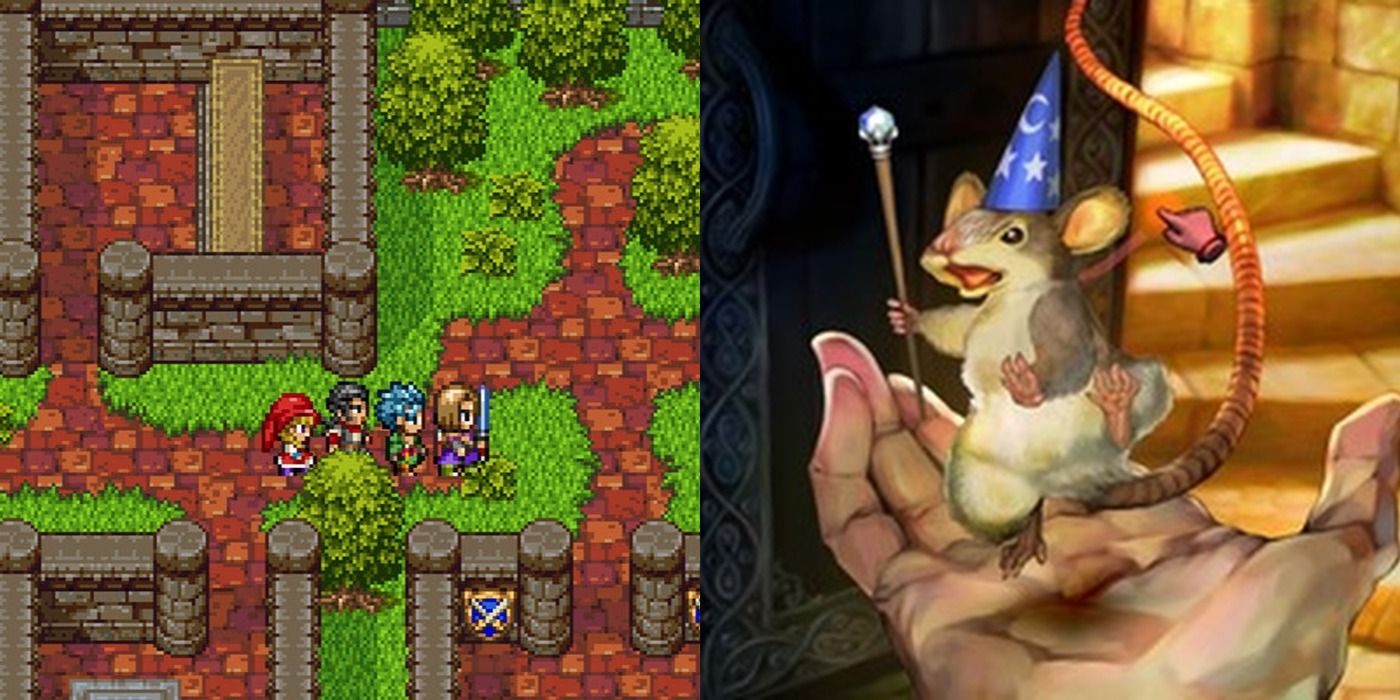Lore: Composing Your Unique RPG Narrative

In the world of RPG games, storytelling takes the spotlight, weaving intricate narratives that engage players and submerge them in fantastical realms.
From the choices players make to the consequences that unfold, each detail contributes to a broader tapestry of narratives. By harnessing the strength of lore and legends, you can create a game that not only amuses but also leaves a profound impact on those who dare into your world.
Creating Engaging Personas
Creating impactful characters is important to an immersive RPG narrative. Players invest their time and feelings into the characters they manage, so it's important to develop personalities that are relatable and nuanced. Start by considering a character's background, drives, and desires. Reflect about their past adventures, the challenges they have faced, and how those experiences shape their present actions and choices. A richly detailed backstory will help participants bond emotionally with their personas, making their experience more resonant.
Next, consider the character's strengths and flaws. No character should be flawless; imperfections can make them more human. These shortcomings can create internal conflicts that drive persona development throughout the game. Additionally, how the character interacts with others can reveal much about their persona. Dialogue and interactions with other characters can showcase their growth, help build alliances, or create conflicts, adding richness to the narrative.
Finally, ensure that your personas have clear goals and desires within the story. These motivations can propel the plot forward and provide participants with direction and purpose. As they chase their objectives, they may encounter obstacles and choices that challenge their values, leading to persona evolution. This evolving experience not only enhances the gameplay experience but also improves the overall narrative, allowing players to build a deep connection with the story and its inhabitants.
Establishing Captivating Environments
Building an immersive world in an RPG game is about crafting a richly detailed environment where players can dive in. idlearcana.com entails designing a believable geography, climate, and culture that all mesh with the game's narrative. Reflect on the political systems, common folklore, and history of the world. Every element should contribute in deepening the storyline and giving players a deeper understanding of why their characters are in that environment.
An effective way to create engagement is through the use of sensory details. Use colorful descriptions that stimulate sight, sound, touch, and smell. This can change a simple tavern into a dynamic hub where players can hear the buzz of patrons, inhale the roast meat sizzling over the fire, and observe the flickering shadows of lanterns dangling from the wooden rafters. Every location should tell its own story and provide opportunities for exploration and interaction, making players feel like they are part of a breathing, breathing world.
Furthermore, consider how the choices and actions of players shape the world around them. Giving them the freedom to affect change can result in a more compelling experience. If players decide to collaborate with certain factions or undertake specific quests, the world should react appropriately, perhaps modifying political relationships or transforming the landscape itself. By making the world fluid and adaptive, you can guarantee that players stay engaged in their journey and the larger narrative.
Weaving Captivating Plotlines
Constructing an immersive plotline for an RPG game necessitates designing a core conflict that players can invest in emotionally. This conflict must align with the characters’ histories and drives, providing players a personal stake in the unfolding events. Start by identifying a clear antagonist or opposing force that confronts the protagonists, ensuring that this conflict has personal and larger implications in the world you’ve built. As players explore the plot, introduce choices that encourage them to consider their ethics and values, enhancing their connection to the narrative.

Twists and shocks are crucial elements of a captivating RPG story. Players long for the unexpected, so embed revelations and shifts in the plot that question their assumptions. These moments can take the form of deceptions, hidden identities, or abrupt changes in the environment of the game setting. Such changes not only maintain player engagement but also prompt them to think deeply about their choices and the implications of their actions. Finding a balance between expectation and surprise will maintain players invested in the journey.
Finally, consider pacing as a vital aspect of the narrative in RPG games. The rhythm of the narrative must allow for moments of tension balanced with periods of introspection and discovery. Give players time to nurture their characters and engage with the world, leading to richer engagement with the plot. Utilize side quests and character development arcs to deepen the main storyline, allowing players to explore their motivations while also advancing the main conflict. By tying these elements together, you can create an enthralling narrative that resonates players long after they've completed their mission.
